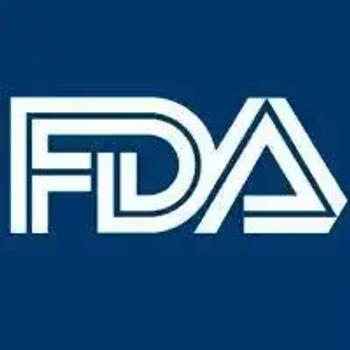
Does stone-related atherosclerosis start in childhood?
Researchers compared artery thickness in children with and without kidney stones.
Nephrolithiasis-associated atherosclerosis starts in childhood, recently published
A leading pediatric urology expert called the findings “thought provoking.” The study was published online in the
Read:
“If the processes of kidney stone formation and hardening of the arteries are somehow linked in adults, it makes sense that a similar link may exist in children, despite the fact that people don’t associate heart and vascular diseases with kids,” said lead author Kirsten Kusumi, MD, of Nationwide Children’s Hospital in Columbus, OH, who worked on the study with Andrew L. Schwaderer, MD, and colleagues.
Scientists from Nationwide Children’s Hospital matched 15 children ages 12 to 17 years of age with kidney stones and 15 children without kidney stones. None of the children had been diagnosed with conditions known to cause atherosclerosis.
Using ultrasound to measure carotid artery intima-media thickness and participants' urine samples for evidence of atherosclerosis-related proteins, they found the children with nephrolithiasis had higher carotid artery intima-media thickness of the right carotid artery and average artery thickness. The authors also noted atherosclerosis-related proteins fibronectin 1 and osteopontin were significant predictors of carotid artery intima-media thickness.
This study begins to identify potential reasons for the association of nephrolithiasis and vascular disease, according to the authors.
Barry A. Kogan, MD, of Albany Medical Center, Albany, NY, commented on the findings to Urology Times.
“An association between calcium nephrolithiasis and atherosclerosis has been reported in adults. Hence, it is not surprising that an association might exist in children also. It is, however, thought provoking that the authors found that even in teens, early signs of atherosclerosis could be identified,” said Dr. Kogan, a Urology Times Editorial Council member.
“The question of etiology is particularly interesting to urologists. Perhaps there is a common biological explanation. Would a tendency to calcification affect both vessels and the renal collecting system? On the other hand, the connection may be merely one of association. Calcium stone patients tend to have more hypertension, are more obese, and likely eat higher salt diets. These factors and others not yet recognized might affect both stone formation and atherosclerosis,” commented Dr. Kogan, who was not involved with the study.
Have you read:
To get weekly news from the leading news source for urologists,
Newsletter
Stay current with the latest urology news and practice-changing insights — sign up now for the essential updates every urologist needs.















